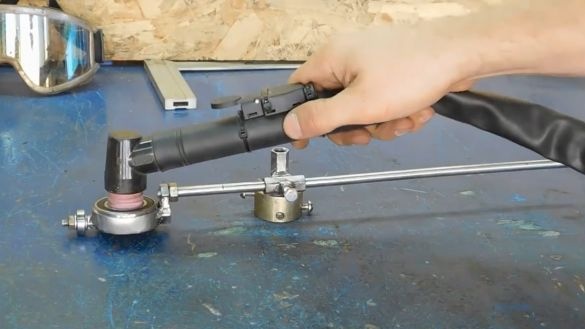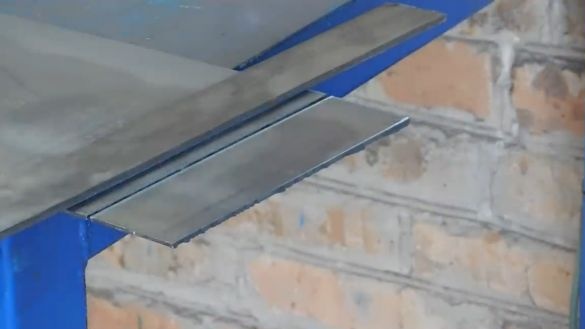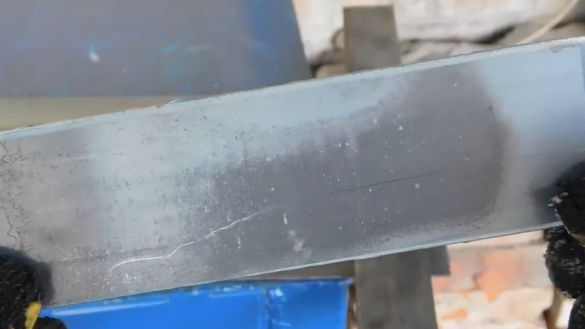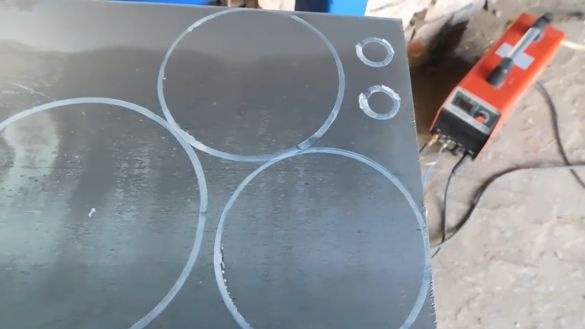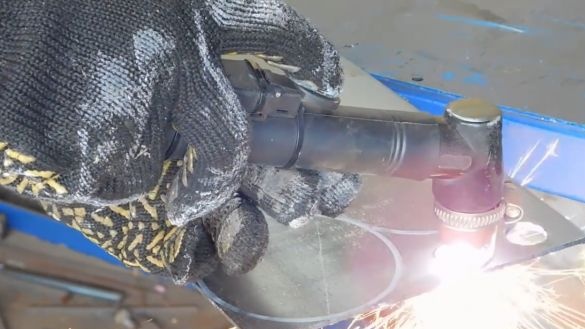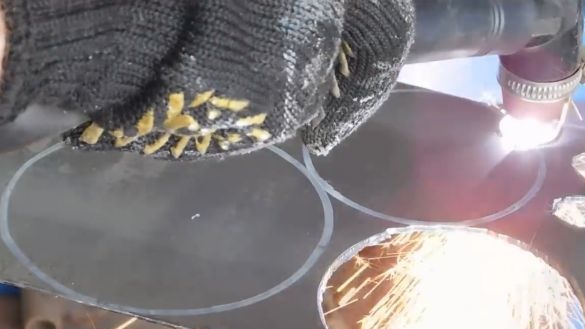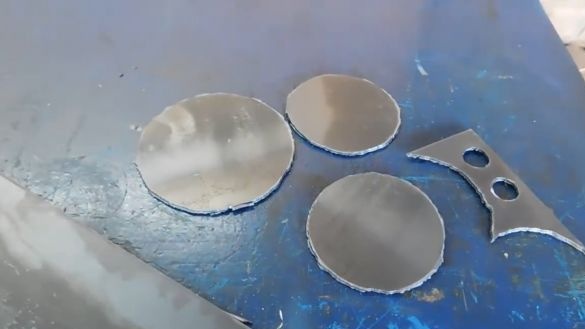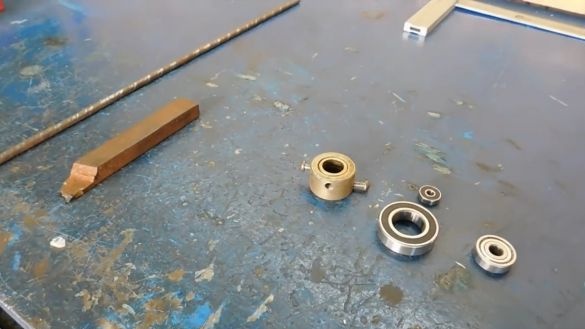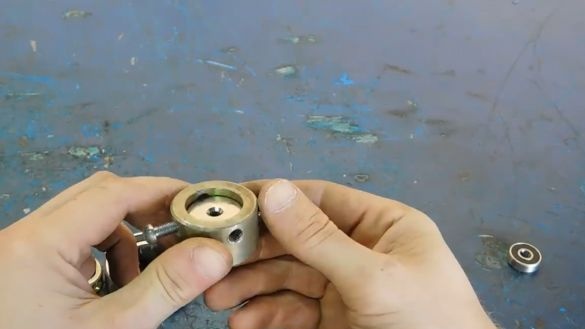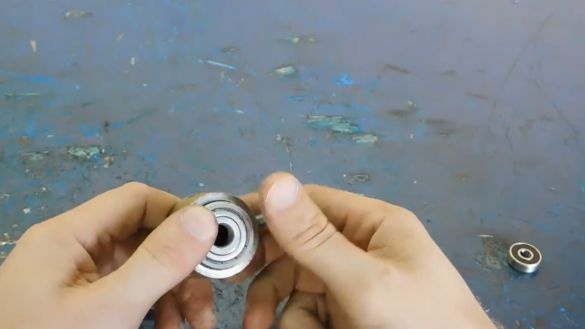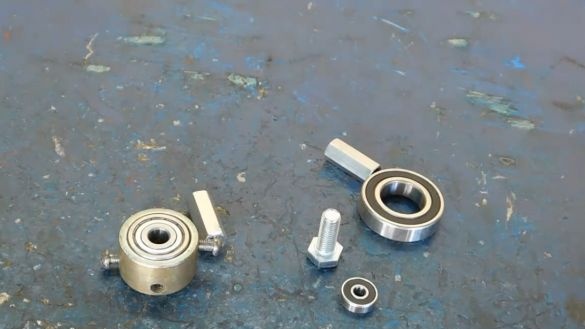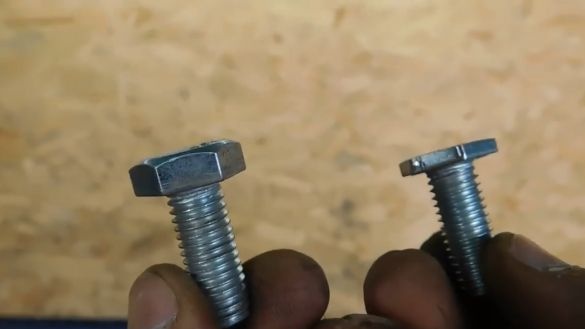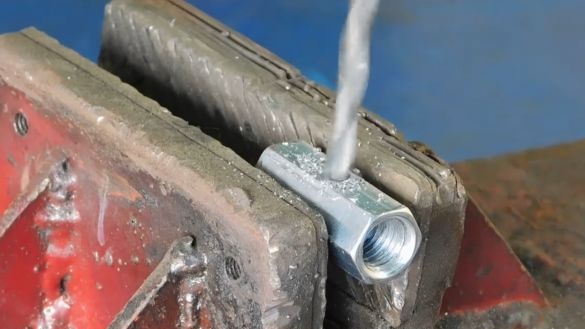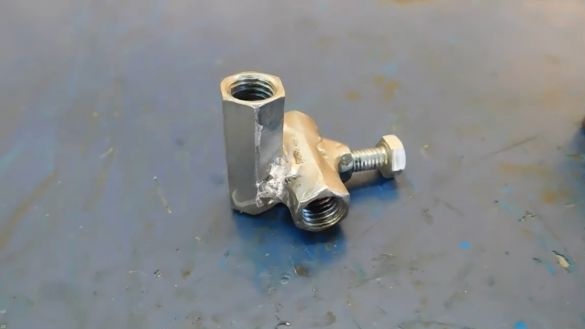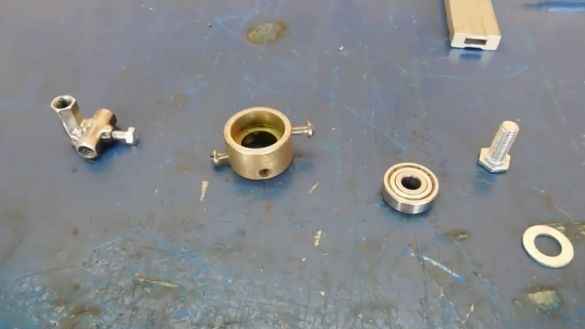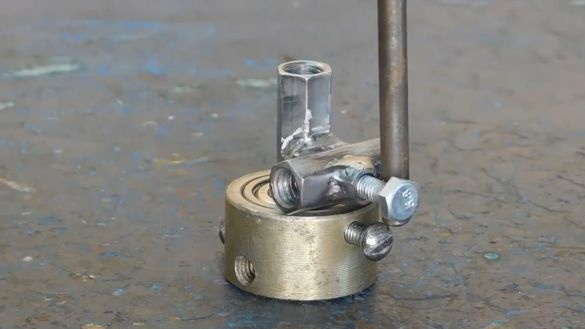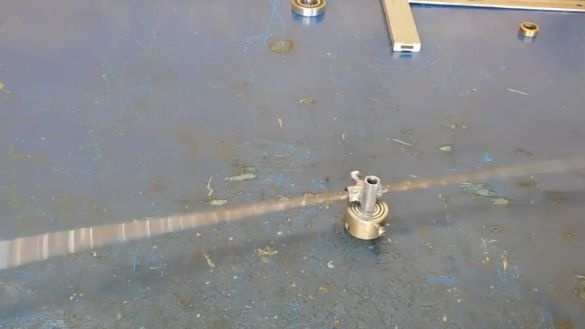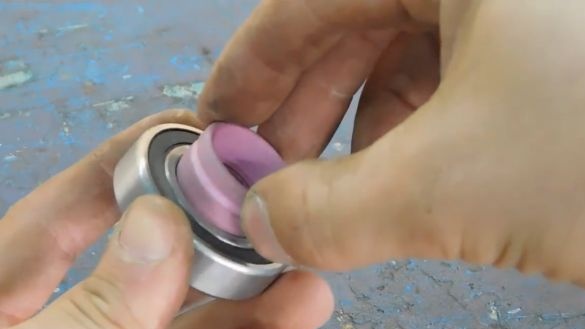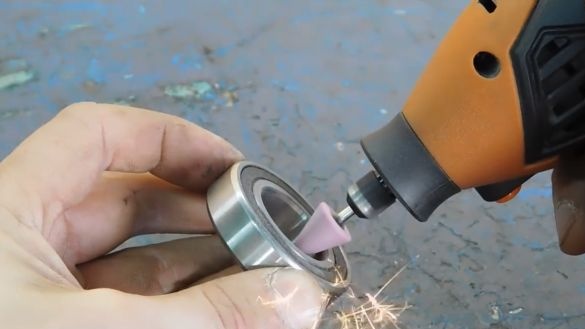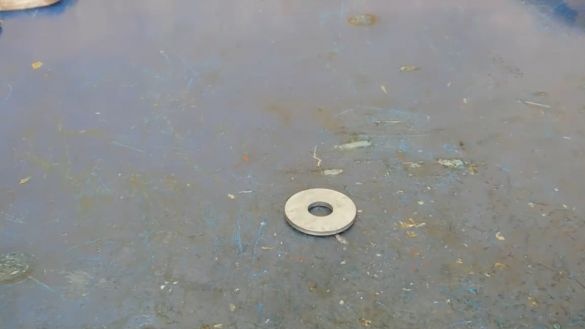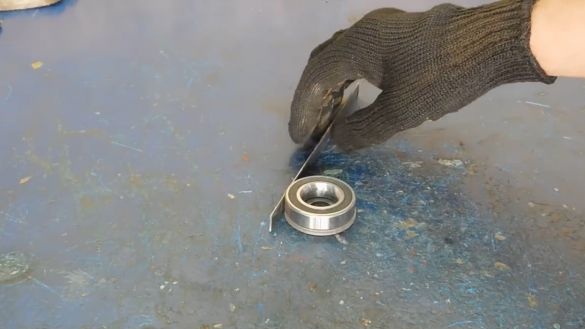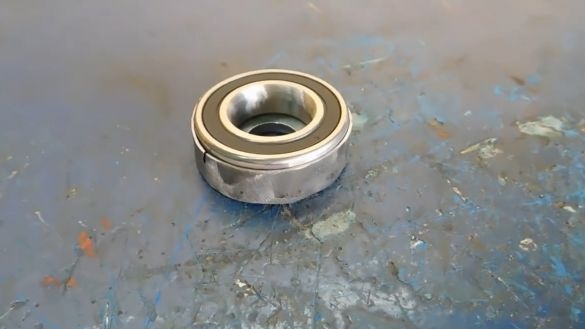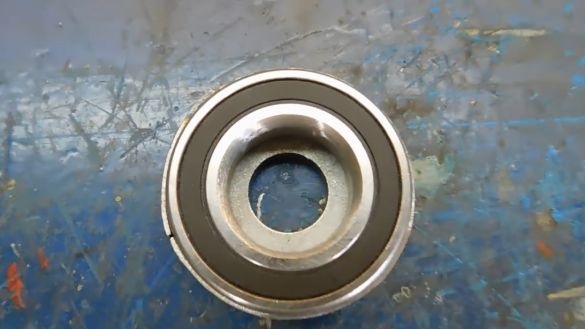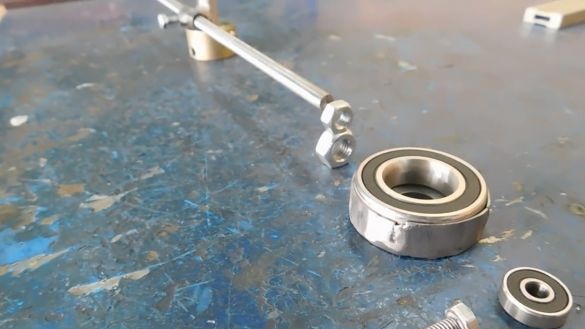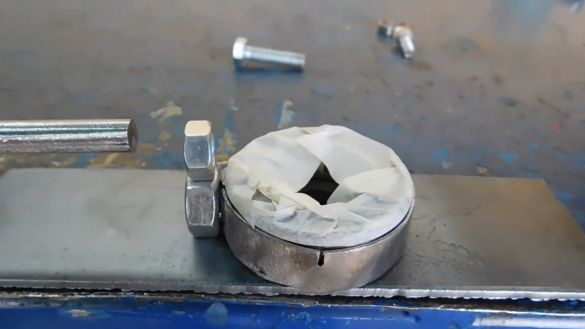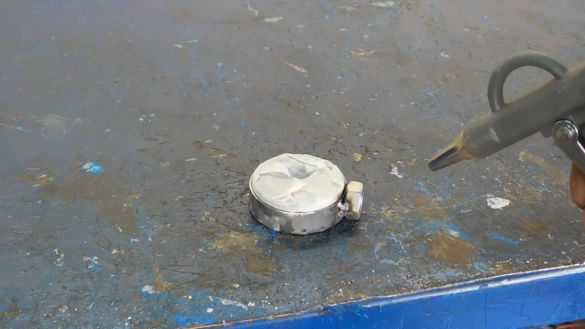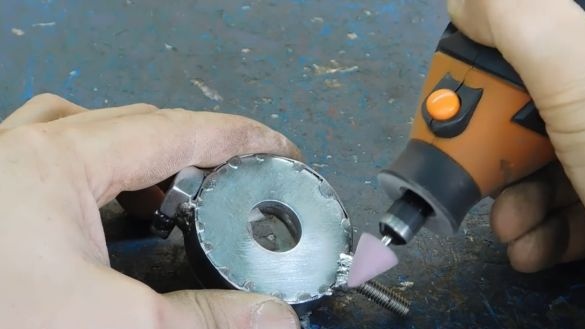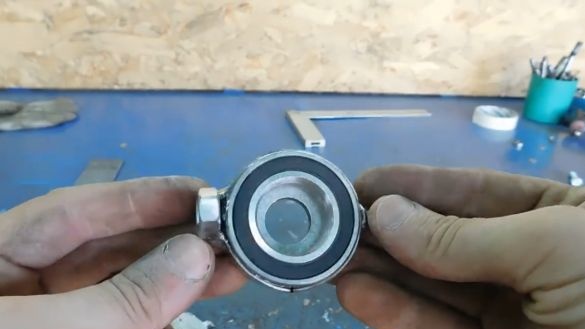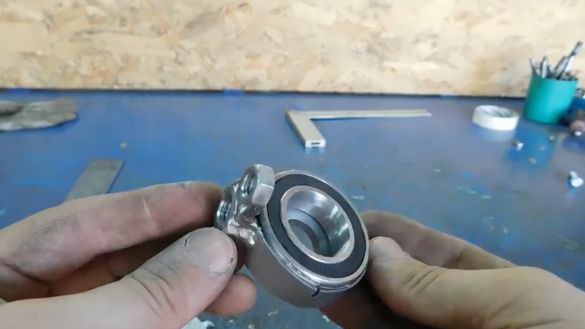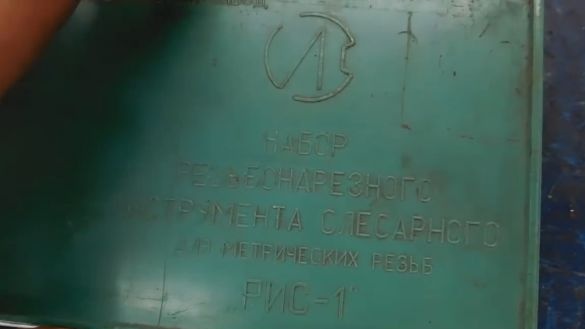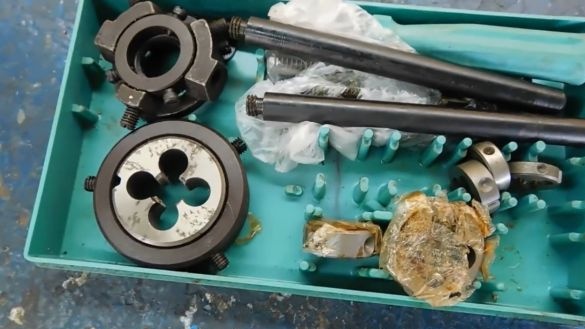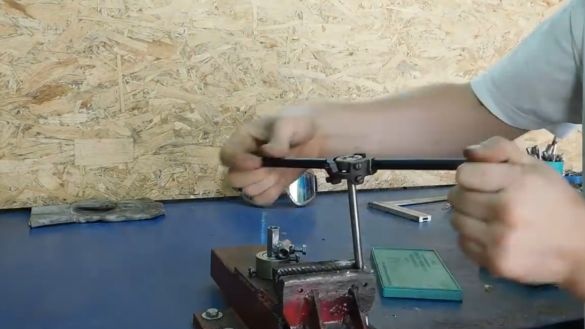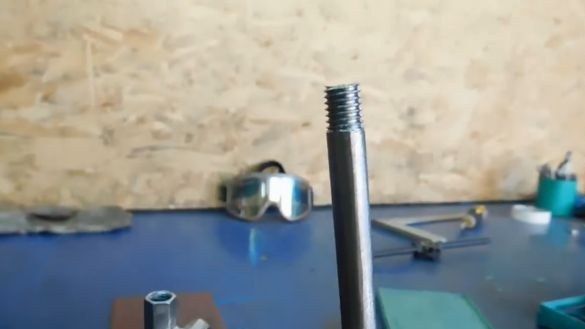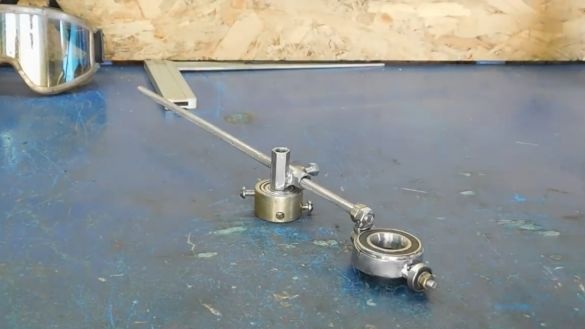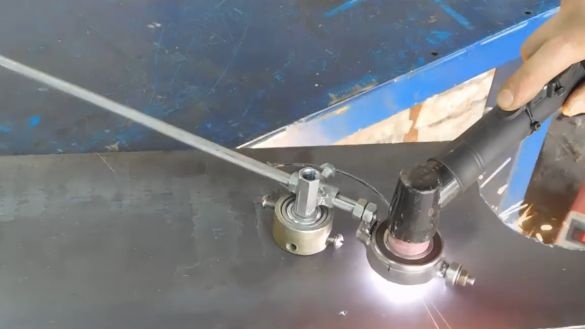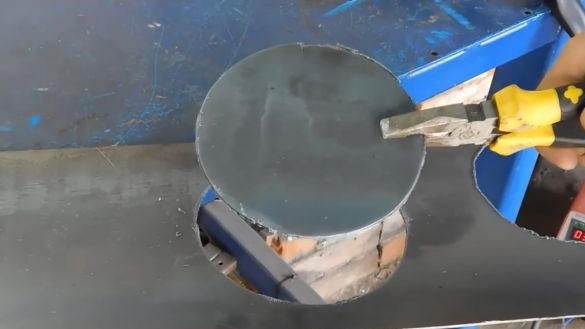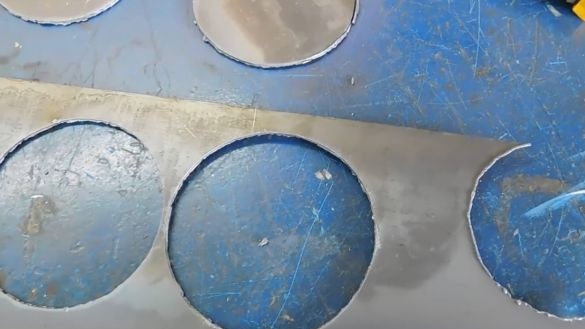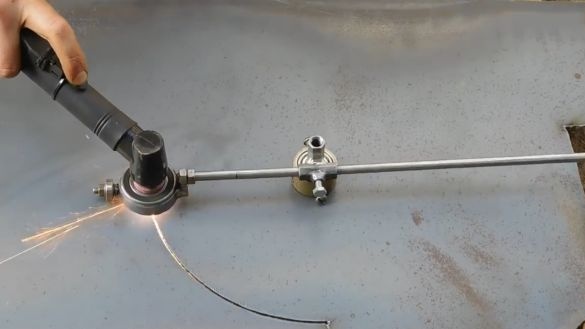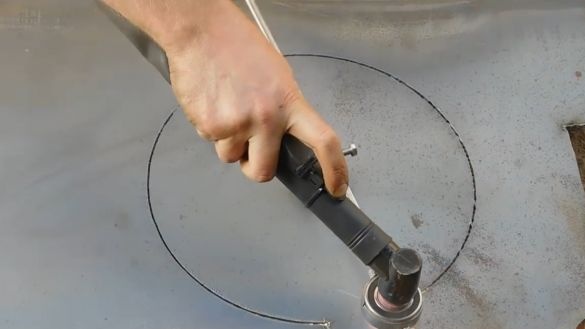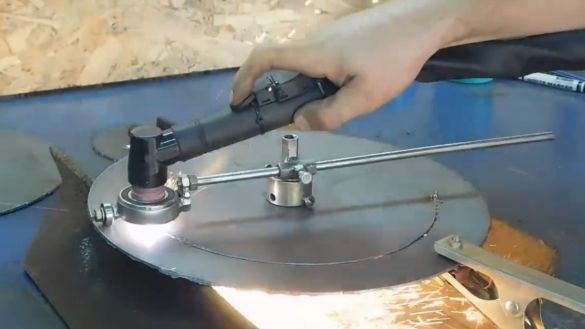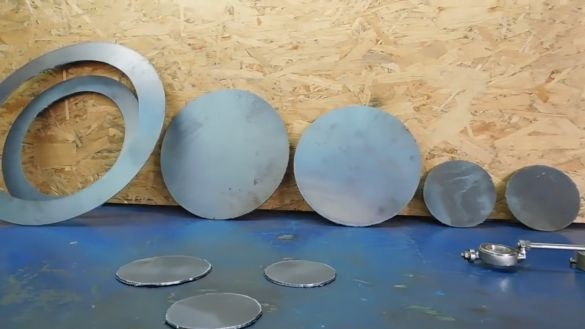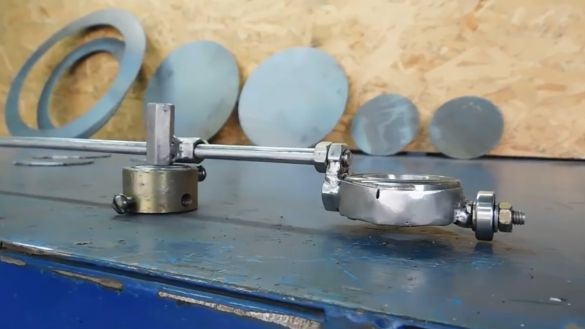Greetings the inhabitants of our site!
Working for a short time with the plasma cutter Master, the author of the TeraFox YouTube channel, faced with such a problem as making an even cut. For example, with regard to straight lines, here without any problems the ordinary metal strip can act as a ruler.
The cut turns out pretty good, but with regard to the round holes, no matter how the master tries, there will still be flaws.
The author demonstratively shows, while really trying to cut the circle as evenly as possible with a plasma jet. But alas, it turns out that it turns out. If the diameter is greater, the chances of the doorposts increase, as the concentration of attention decreases, and the tension in the hands increases. And today we will solve this problem. It is not an easy task to choose the constituent elements, but nevertheless, the author tried to make today's homemade product from the most accessible things.
To make this homemade product, the author used:
- a segment of the eighth round log;
- a cutter that the author came across at a flea market;
- there he found a die holder and picked up several bearings in diameter.
Surprisingly, they managed to pick up a magnet of the required diameter and a bearing that sank almost tightly to the die holder. On the sides are clamping screws that fix the magnet and bearing, so that so far everything is folding.
But the cutter as the author did not twist it, did not fit in height, so an unscheduled replacement for elongated nuts and a bolt in addition, which was found on a workbench shelf.
We grind the height of the hat about half, or even more.
An elongated nut must be drilled in the middle and a regular nut welded. After we weld two nuts together.
All the details of the first knot of today's home-made are prepared, it remains to collect and see if everything has grown together, as expected.
Everything works fine, as I wanted. You can proceed to the second part. The author did not pick up a bearing for a nozzle with an inner diameter of a suitable size, the landing is not quite tight, so he dremel removes a little metal from the inside, achieving a slightly deeper fit.
And then begins a continuous improvisation. The author found a piled up washer that acts as a base under the bearing race.
Further, the author wrapped a washer in a metal strip and welded it. The bearing was so tightly seated that the author couldn’t get it out of there.
Then the author picked up the nuts and bolt, set the future location, it remains only to weld it all.
In order to avoid damaging the bearing with scale, we mask it with tape and, after a pair of welded points, perform cooling with compressed air.
Next, we smooth the welds in hard-to-reach places with a suitable tool, and the second element fixtures ready.
An echo of the past, the author took on the occasion a set of dies and taps. Fortunately, such kits still come across in the market.
With ease, we cut the thread on the segment of the round timber under two nuts, it remains only to assemble all the components and the device (or rather the compass) is ready.
The magnet sticks perfectly, it feels like a gap of about 5 kg. So, now let's try to cut a circle of small diameter. Hand movement is already more confident, as there is support. Circles are obtained equally, but you need to understand that without dexterity on the move, the result will be unsatisfactory.
Now let's cut a circle of a larger diameter.
Another remark, when small particles fall under the bearing, it happens as if jumping and, as a consequence, not cutting through the metal. Conclusion: the surface is pre-wiped clean with a rag and remove all debris from the surface.
Cutting out a circle of even larger diameter, the author presses the burner a little harder and tries to lead slowly. Everything happens on an outstretched hand so as not to get into the frame, and as a result of this, the author pays another slip of the bearing due to the inconvenience of pressing. Nevertheless, he cuts the circle and it turns out pretty well.
Further, for convenience, the master moves to the workbench and tries to cut the circles a few more times. The result is quite satisfactory, this is what was missing in working with a plasma cutter when cutting holes of large diameter.
The compass turned out to be completely collapsible, when changing the arrow, circles of impressive sizes can be cut, but so far there is no need for this, of course, but you never know how it will be. Well, that's all for today. Thank you for attention. See you soon!
Video:

